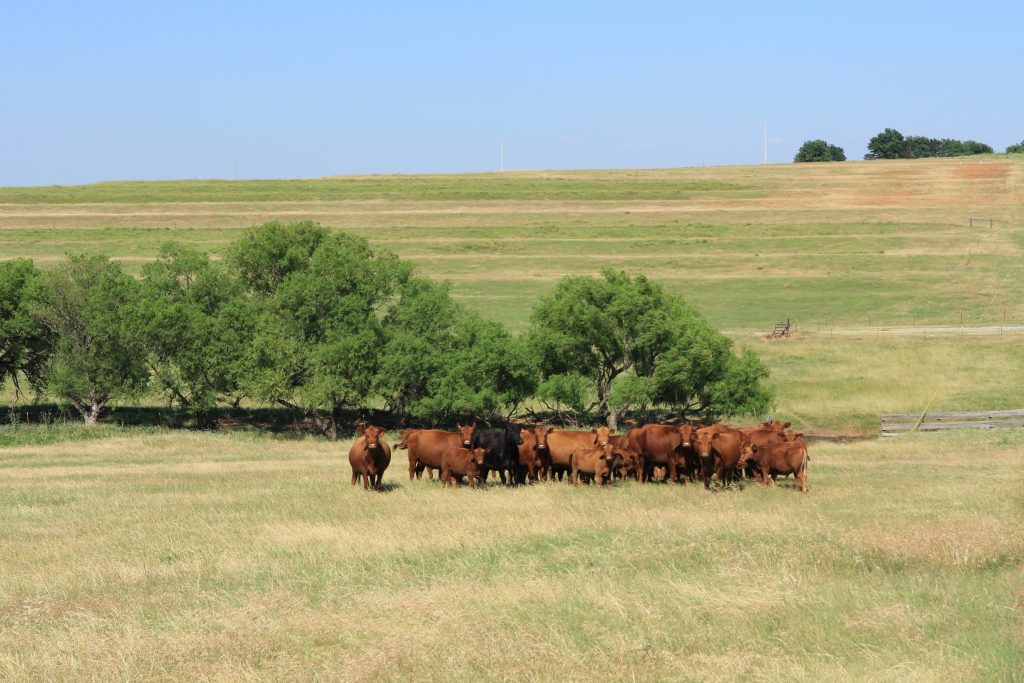
Senior Farm and Ranch Broadcaster, Ron Hays, is speaking with Oklahoma State University Extension Livestock Marketing Specialist, Derrell Peel, about profitability outlook and many other factors in this year’s cattle cycle.
“Prices obviously are going up, and they are really strong for feeder cattle,” Peel said. “We set new records for fed cattle early in April. We are really just getting started. We haven’t really started any rebuilding yet, although recent rains in the plains may actually put enough of a dent in this drought area that we can start to think about this rebuilding process.”
The rebuilding process should begin this year, Peel said, but it will probably be 2024 or 2025 before the bulk of the rebuilding is seen.
“That means there is a lot more ahead on the revenue side,” Peel said.
Costs for producers remain relatively high, Peel said, although some moderation has been seen in a number of areas, such as fertilizer, chemicals, and fuel to some extent in places where those are important inputs for forage and hay production.
“There are a lot of dynamics on the input side, typically with these forage conditions and these forage costs,” Peel said. “I think it is putting a little bit of caution in some producers. They are taking it a little bit more slowly. That is probably not a bad thing from the industry standpoint.”
Hay costs are still extremely high right now, Peel said, and with improved conditions, there could be some relief in those high prices. As time goes forward, Peel said, heifer and cow prices from a replacement standpoint are going to become much more expensive.
“I don’t think we will see a normal seasonal decline this summer, but by this fall, there is almost no doubt that we will hit that two-dollar mark for fed cattle,” Peel said. “Next spring, we may push even significantly above the two-dollar mark for fed cattle.”
Fed cattle prices hit record levels sooner than he expected, Peel said, and while the feeder cattle have not reached that point yet, they are headed in the right direction.
“More than likely, the actual record will happen sometime in 2024,” Peel said. “We are going to push these calf prices above the previous record, which was in 2014. So, again, we are kind of on the left shoulder of this upward trend in these feeder cattle markets and fed cattle markets. So, there is a lot more to go before we are done with this.”
The drought has forced cattle numbers into levels that are smaller than ideal, Peel said, so that the rebuilding will occur, but the question is how fast.
“I think it will be a little bit slower than it was after the drought about a decade ago,” Peel said. “We spiked up and had high prices for two years, and then it was pretty much all over. I think this one might last a little longer, partly because I think we will be a little slower to build up, and I don’t think we have the animals to rebuild very fast in any event.”
The Beef Buzz is a regular feature heard on radio stations around the region on the Radio Oklahoma Ag Network and is a regular audio feature found on this website as well. Click on the LISTEN BAR for today’s show and check out our archives for older Beef Buzz shows covering the gamut of the beef cattle industry today.


















